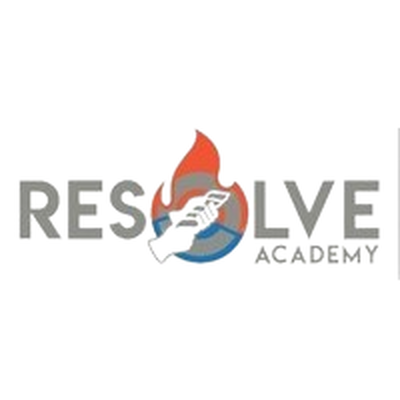- الكلمات - #First Aid Course #first aid and cpr certification #cpr certification
-
- آخر تحديث ٢٣ أغسطس، ٢٠٢٤ تعليق ٠ , ٧٧ views, ٠ مثل
- United States - احصل على الاتجاهات
More in Politics
Related Blogs
أرشيف
What to Expect at First Aid Training Courses
منشور من طرف Resolve Maritime Academy
٢٣ أغسطس، ٢٠٢٤
الجسم

Basic first aid and CPR training is an opportunity to discover some life-saving skills. It will arm you with all the skills, knowledge, and confidence to deliver potentially life-saving assistance.
Resolve Academy in Fort Lauderdale, Fla. provides expert first aid training courses for seafarers and those going into the maritime industry. Our first aid classes are geared toward life on the sea, but the principles are universal. Here’s a general look at what to expect.
Preparation for a First Aid Course
There will be some moving around, so unless otherwise instructed, wear loose-fitting, comfortable casual clothes. Some first aid demonstrations require kneeling. Some first aid courses do not require prior knowledge or experience. Advanced first aid requires pre-course reading and study before attending the course.
You should always attend first aid training courses with a positive attitude, ready to participate in practical scenarios.
Learning First Aid Course
A combination of video, classroom and hands-on training will be used to teach first aid. You’ll learn how to secure a scene, perform basic life support (BLS), use a defibrillator (AED), handle trauma and bleeding, and examine a casualty.
You’ll learn other essential first aid skills, such as caring for wounds, managing burns, and assisting with choking and breathing emergencies. You will learn to identify shocks, deal with fractures, and handle sudden illnesses like stroke, seizures, and heart attacks.
Some of the training’s content features scenarios that directly mimic real-life situations during an emergency.
You’ll receive a first aid certification when you complete the training.
Putting First Aid Lessons into Practice
At the end of the training, you will take tests and exams to assess the level of understanding you’ve gained. The skills you have acquired will help you overcome a potentially life-threatening emergency.
Read Also: Seafarer First Aid Training Courses are Important
Read Also: Seafarer First Aid Training Courses are Important
First Aid Training at Resolve Academy
Resolve Academy provides basic first aid and cpr certification covering the proper steps in CPR and the use of an automatic external defibrillator (AED) for the general public to healthcare providers. We provide basic first aid training to meet STCW 2010 and national standards for seafarers through video, classroom, and hands-on training.
خريطة
-
المواقع على MyWorldGo
معلومات الموقع
- موقعك: United States - احصل على الاتجاهات
- العنوان المنسق: United States
- بلد: United States










تعليقات